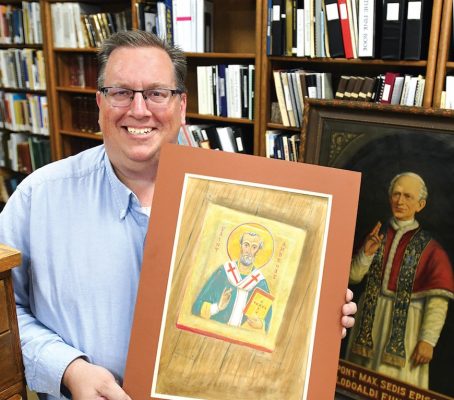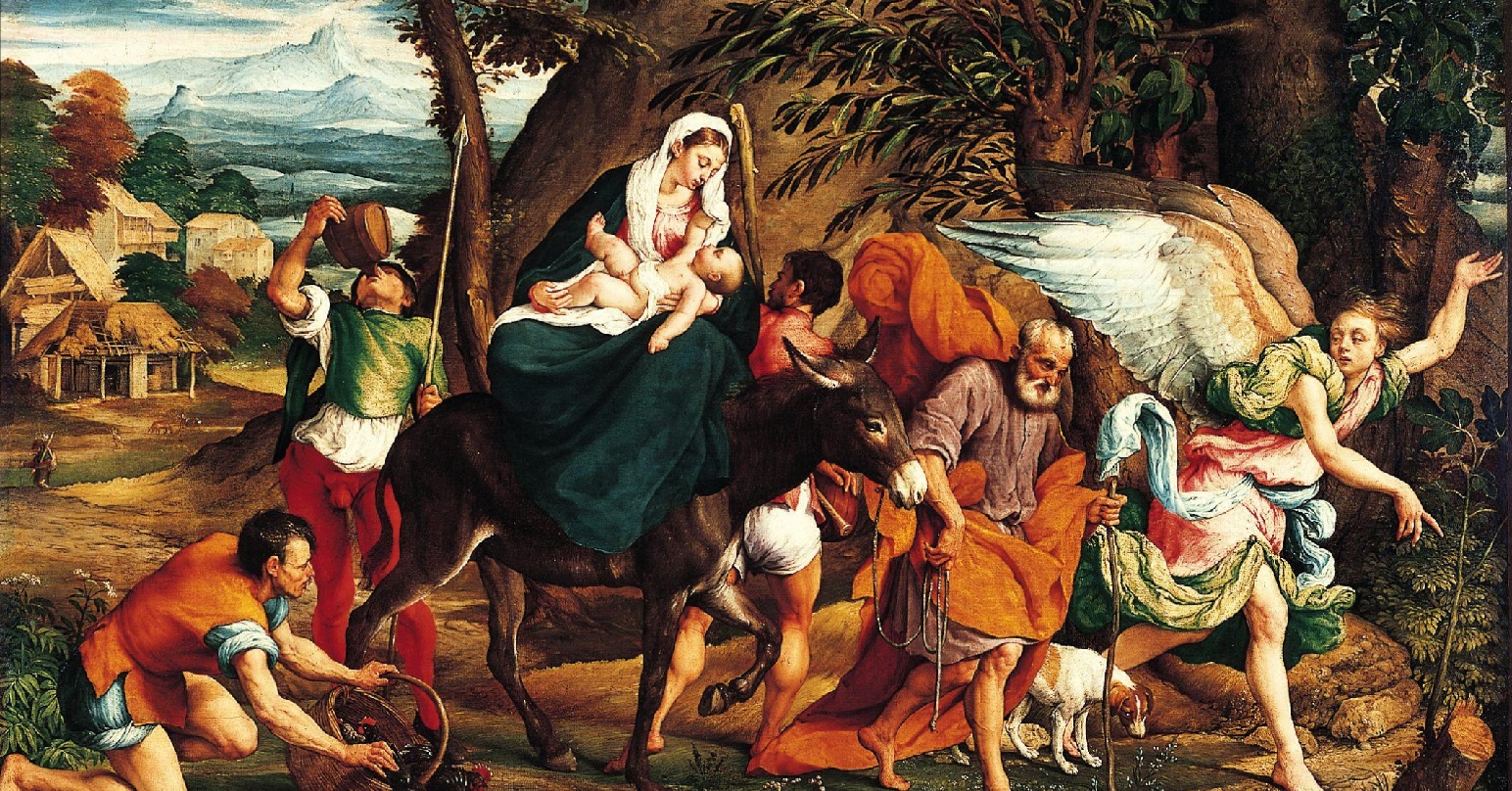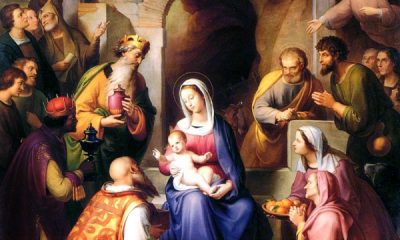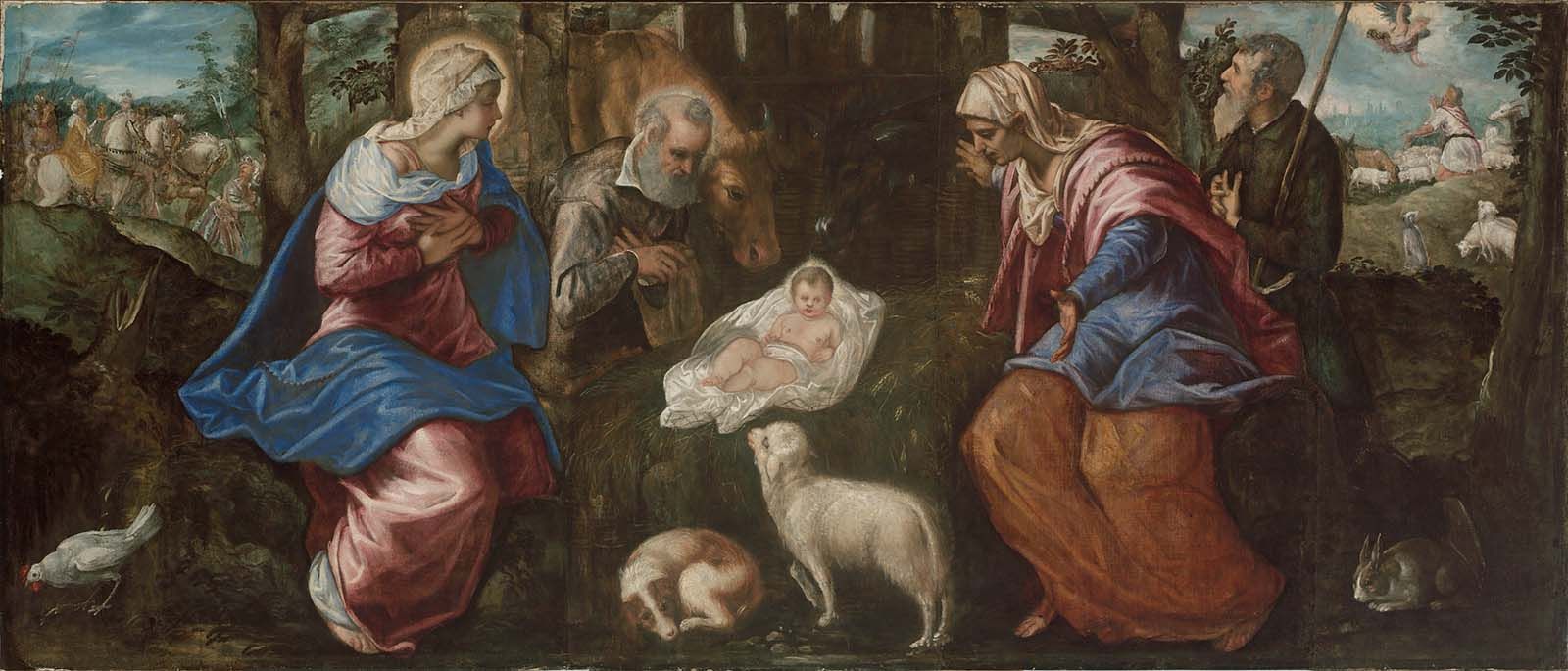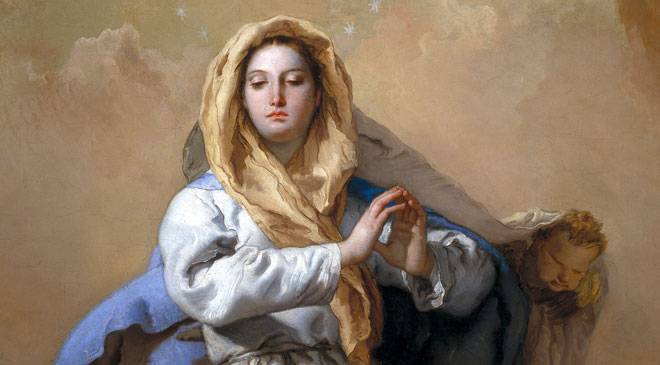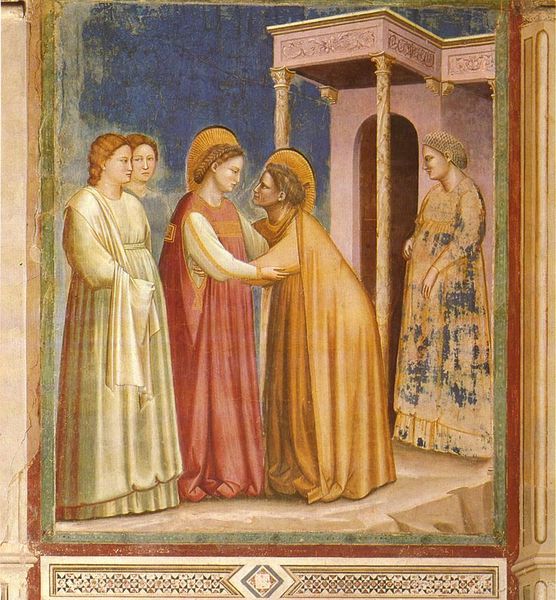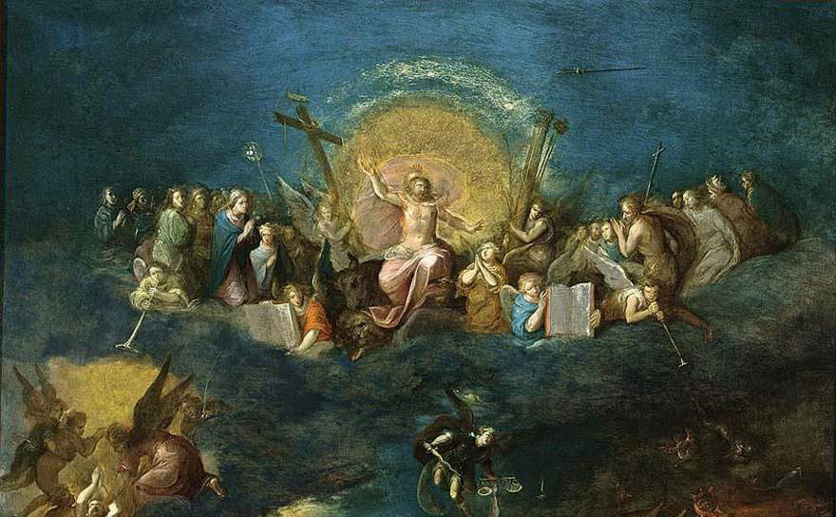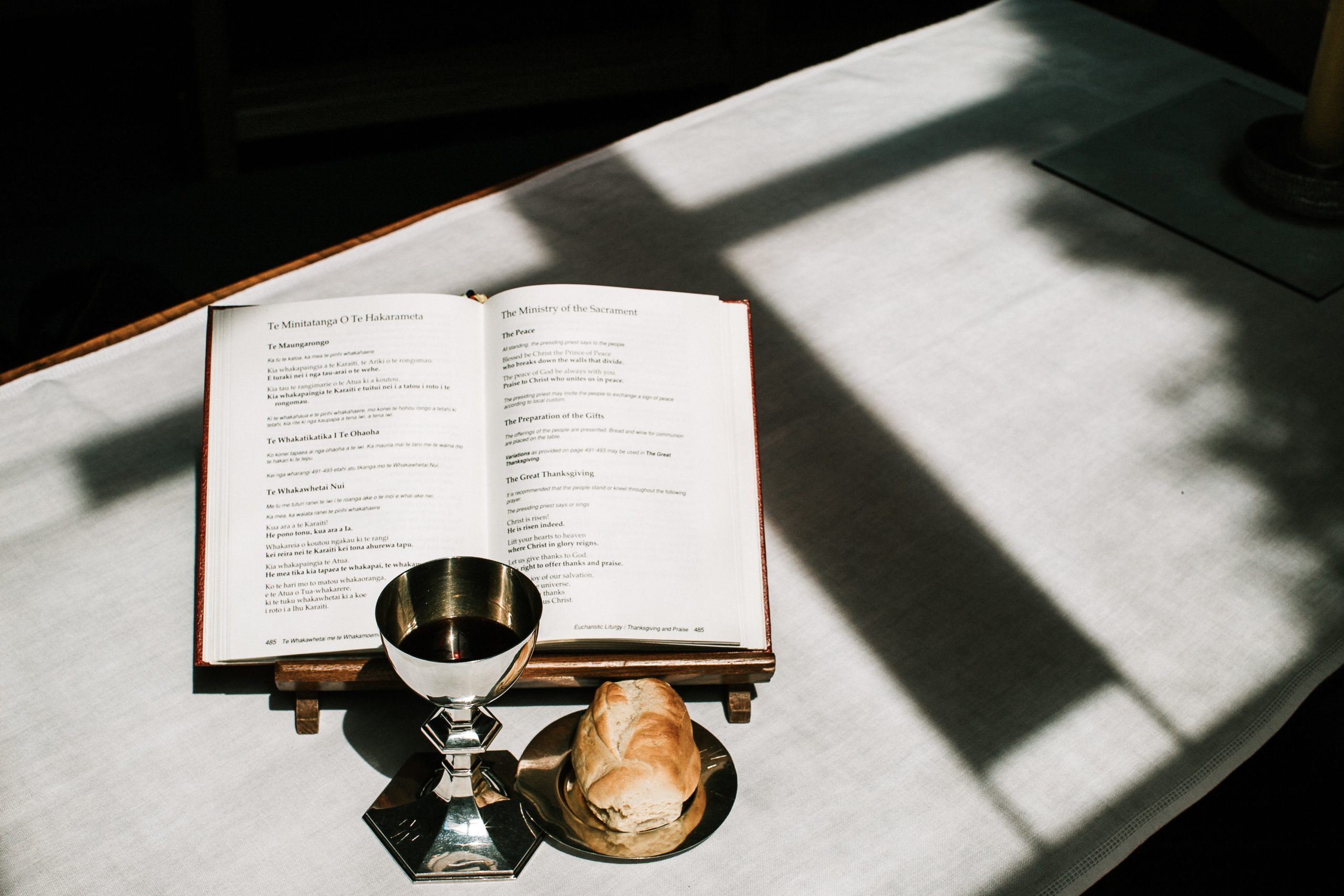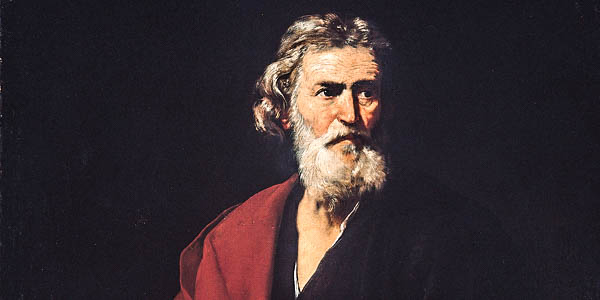The Story Behind “The Attic Saint”
In 1999, Tim Drake was working in the communications department of Catholic Charities, whose offices were in an old building called the Zardetti House, located on the campus of Cathedral High School in St. Cloud. One day, something led Tim to the attic. There, among other treasures, he found a painted portrait of Pope Leo XIII, who officially created the Diocese of St. Cloud in 1889.
The Story Behind “The Attic Saint” Read More »



